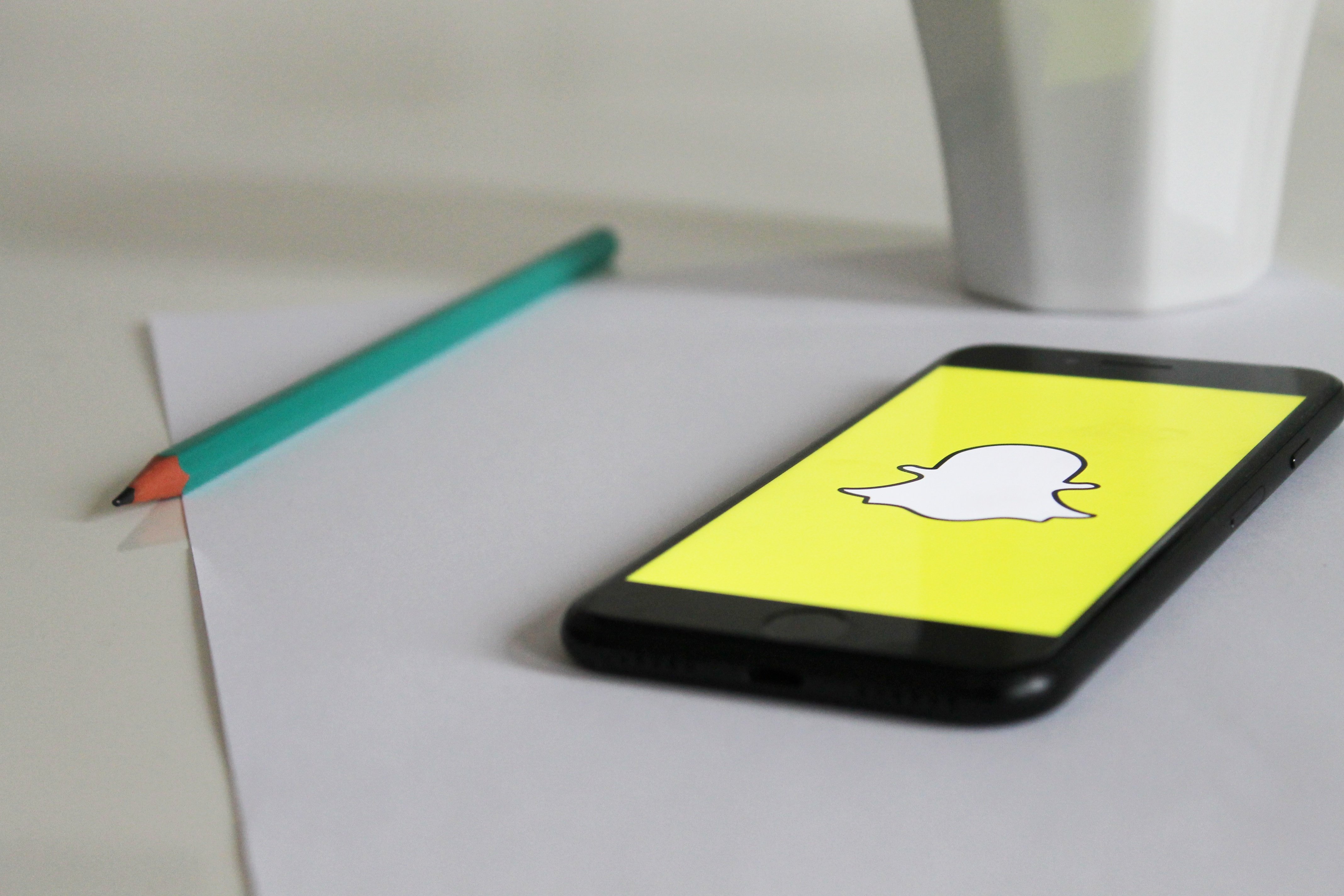
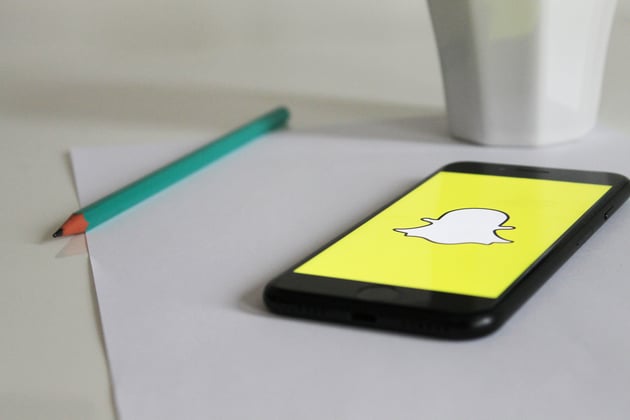
In the relatively short period of time that modern social media has been around – only 13 years – it has evolved tremendously. The earliest forms of online social media were limited to emails and internet relay chats (IRCs). The first “recognisable” social media website didn’t exist until 1997 in the form of Six Degrees and Facebook wasn't about until 2004!
Fast-forward thirteen years from the birth of Facebook and the social media landscape is filled with players – all offering different methods of ‘socialisation’. From professional networks such as LinkedIn to photo sharing websites such as Flickr and Pinterest, social media has become an incredibly diverse market.
In the modern era, however, it is Facebook that dominates. With more than 2.07 billion monthly active users, according to Statista, it is indeed a social media behemoth. That said, the way in which we engage is always changing – and, as a result, there are two platforms that are quickly rising in prominence – and offer marketers an additional way to reach their target audiences: Snapchat and Instagram.
B2C brands are already utilising Snapchat and Instagram; and B2B companies such as IBM, Cisco and HubSpot are using them too! Snapchat and Instagram are two forms of social media which are rapidly growing at the moment and increasingly used by B2B businesses and because of this, they are extremely interesting options to consider in the marketing world.
Both of these platforms are an ever-growing presence, offering hugely appealing and interactive features that make them attractive, addictive and time-consuming – the perfect mix for a marketing outlet.
If you are not familiar with these platforms, here is a brief description:
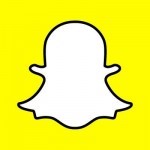
Snapchat – Mobile application for sending short video clips and images privately, or as an on-going ‘story’, accessible for your friends and followers.
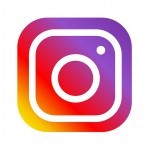
Instagram – Originally a picture-sharing application, now incorporating video. Shared to an algorithm-set timeline for followers to scroll through, 'like' or comment.
With 700 million users between them, the marketing potential can't be underestimated as the digital era continues to develop.
However, it is commonly accepted that these two platforms are ones which are naturally associated to the consumer and entertainment industries – rather than the B2B sector.
But, this stereotype should not influence so greatly that you avoid experimenting with them entirely.
There are logical reasons as for why it may be the case. But at the same time, there are perfectly legitimate suggestions to say that for the B2B industry, Snapchat and Instagram can't be made completely redundant.
B2B Decision Makers Are Human
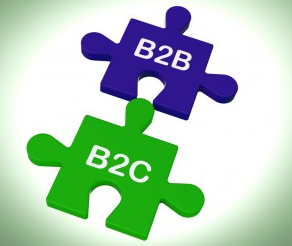
We must remember that in the world of B2B business and marketing, decisions are still, of course, made by people, not robots.
B2B businesses are not machines which make their own decisions and are completely oblivious to anything non-business related.
Businessman Gary Vaynerchuk, analyses the situation excellently, as ever,

"I always like to say “Behind every B is a C.” What that means is, behind every business there is a human that is making the decisions. If you’re selling a phone system or a SaaS product to a big corporation, a human being is still making that decision. If you’re able to make content on a platform around interests in your specific industry, you’ve put yourself in a position to do B2B business."
For example, when Andy Smith, key decision maker in xxx B2B industry is not at work, he is exposed to alternative platforms and situations other than specific B2B specialist environments.
He may be inclined to an occasional Instagram post #hotdogsorlegs

Or a little Snapchat session with his friends

His visibility and activity on these platforms is a legitimate thing.
The fact is that awareness to the right person can come in all shapes and forms and the numbers using these platforms are so vast that you can’t afford to not be considering them for your current plans or implementing for future strategies.
There are no strict rules in marketing and the only method to religiously stand by is that if it works, do more of it. Take the opportunity to catch a decision maker off-guard and influence them when they are least expecting it.
And there are other advantages from using these styles of marketing than straight up, immediate sales or deals. Longer-term strategies, achieving awareness, attachment and a recognisable brand identity are just a few!
Become the Trend-setter
These areas may not be overwhelmed with B2B industry companies currently, but take the chance to become a trend-setter, acclimatise to the platform, explore and learn. Because they are only going to become even more adaptable, accessible and relevant for B2B, sooner rather than later.
Get ahead of the game, establish a presence before it blows up. Then when the inevitable happens and Snapchat and Instagram become used as Twitter and Facebook are now, you will be in a prime position, prepared to own the platform.
It is certainly less targeted and non-direct, that is for sure. But, there is no reason to restrict and limit your social media exposure because of other's who are afraid to leave a 'comfort zone' or challenge the norms.
And remember, there is a lot more to gain from these platforms than your standard, hardcore, direct, sales-driven marketing, and we will come on to that more as we break each platform down...
Snapchat
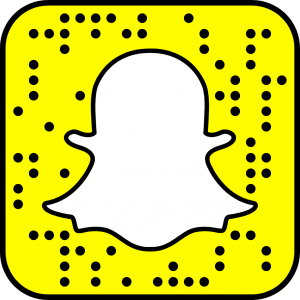
This application is one which offers the opportunity for ultimate creativity, imagination and an alternative B2B marketing approach.
It is an amazing example of reveal marketing - whereby you can give a full-insight to the way you do business and go about the average working day.
It allows you to create engaging and easily accessible content which is light-hearted and easy-going. Away from the serious world of the often associated 'boring' B2B industry.
This can generate an impression of fun and a relaxed working culture, which is a massively attractive proposition for other businesses and also workers who may like to join your force further down the line.
Use of Snapchat is less about driving sales down the neck of a potential buyer, but creating a brand identity and attraction which lasts long-term.
A brilliant idea would be to pass the control around the office so to instigate a variety of content.
Any business trips or events which are attended can be snapped to create an engaging story, to add even more unique content to your armoury. It allows you to display a personality and create a likeability and attachment.
Give other businesses the FoMo factor - the fear of missing out. A paranoia which has been created in the social age. It is when people are worried about missing out on seeing or hearing something which is displayed on social media and it pulls them back to the platform just to release their worry more than anything else.
We have been following HubSpot, a leader in the B2B industry and first to branch out to experiment with Snapchat.
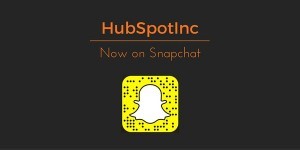
This is what HubSpot have said about their approach to the app...
"To make our Snapchat channel valuable, we're using it to serve as both a marketing and a recruiting channel -- a place where we can showcase our unique culture and perks, our awesome employees, and the inbound philosophy.
"On the marketing side, we like to give followers a good look inside the company and showcase our culture. The goal here is to be educational, informative, and lovable, which are very familiar goals on our marketing team."
It must be said that Snapchat is appealing majorly to the youthful demographic, but like everything else which starts in that way, it will progress to an older audience with time, that is for sure. Just like Facebook has.
"I am completely convinced that in 24 to 36 months, as the platform dramatically ages up and starts hitting the 30 to 50 year old demo, there will be enormous possibilities." - Gary Vaynerchuk
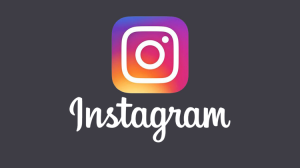
Instagram is one of the most popular social channels and can give more evidence of the blurred lines and the ever-closing gap between the B2B and B2C industries.
Again, it is a wonderful opportunity to maximise the storytelling of your brand and business.
Direct-link opportunities are limited on Instagram so it is another chance for you to market indirectly, creating an engaging environment, long-term connections and frequent/intelligent visibility.
And Instagram has further appealed its value to the B2B world with their new business tools option for your accounts
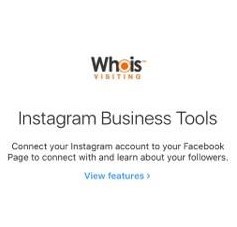
"Business profiles are a free feature for accounts wanting to be recognised as a business on Instagram. With a business profile, businesses can choose how they want their customers to get in touch with them: call, text or email with a tap of the contact button as well as get directions. Business profiles also unlock access to insights and the ability to promote." -Instagram
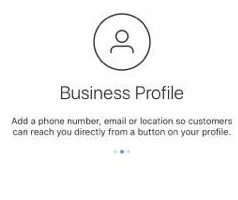
Insights
The insights available take the application from a casual, vanity platform to a serious business tool as it enables you to view the success of your posts and the audience which you are attracting. You can therefore adapt your approach going forward using this information and include it in your reports.
With the option to promote a specific post as well, you can expand the reach of your Instagram activity, maximising your marketing potential.
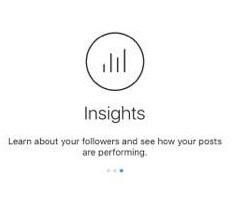
Direct lead generation, which you might associate with Twitter, Facebook and LinkedIn, will be taking a back-seat during your Instagram campaign, as the key is to establish your visibility in a creative and psychological way, with the long-term in mind.
It also appeals to the approach which aims to catch the decision maker off-guard, when not in the working environment and mentality. Liking posts instead of clicking links, keeps in-line with the informality of the platform, but still has a long-lasting effect.
Images, videos, infographics are the three weapons which you can deploy in your Instagram battle.
But it is the range of freedom which makes Instagram such a unique platform. There is no limiting the topics of your content. It could be very industry-related, or completely irrelevant, but it still all points to the same end-goal.
Go as far as you like, if you have a full-time graphic designer then start a campaign where you create your own characters who can feature on your Instagram to create full personalisation.
You can showcase success of customers, new features, premises, or what you are getting up to in the office and outside of it.
The best way for your audience to get to know your brand is to get to know you. If you can, take your Instagram “out of the office”.
Offer a behind-the-scenes look at your company – with a closer human element. Make yourself a fun company to want to do business with, something memorable.
You can take the opportunity to highlight what you do best. Build relationships by liking other businesses posts or commenting on their activity.
Incorporate relevant hashtags to broaden your post and pick-up relevant industry followers. Vice- versa, use the hashtags to explore your target areas.
To conclude...
Where consumers go, B2B eventually follows - these often-neglected social media opportunities could well be a missing link for your marketing campaign.
With more and more companies getting on it then it has to be considered worthwhile because it’s natural that you will get the visibility.
Even if it is a small segment of your budget, consider experimenting with these channels. If they deliver results, you can justify further expenditure on them. Keep your spend small, but most of all, have fun with it, and that's how you will make it work most effectively.
Tip #39: Rather than completely writing off Snapchat and Instagram for B2B, consider allocating a small amount of time and budget to them – try them for a while and see what works. Once you identify what works, refine and scale up your activities and repeat the process!
About the Author
Ant Musker is a content writer at Whoisvisiting.com and is involved in social, email and SEO marketing activities. He also has experience in sales and marketing environments, working for start-ups and in the PR industry.
If you want to find out more about using social media in your business' marketing efforts, please see this blogs below:
A marketer's guide: Instagram VS Snapchat Stories
Facebook Live for B2B: How and why shohuld your business use it?
Social media posting tips: Beware of posting fatigue!
If you'd like to receive the latest 'All that PR & Marketing Bollox...Explained!' blogs straight to your inbox every week, you can subscribe below:



Submit a Comment